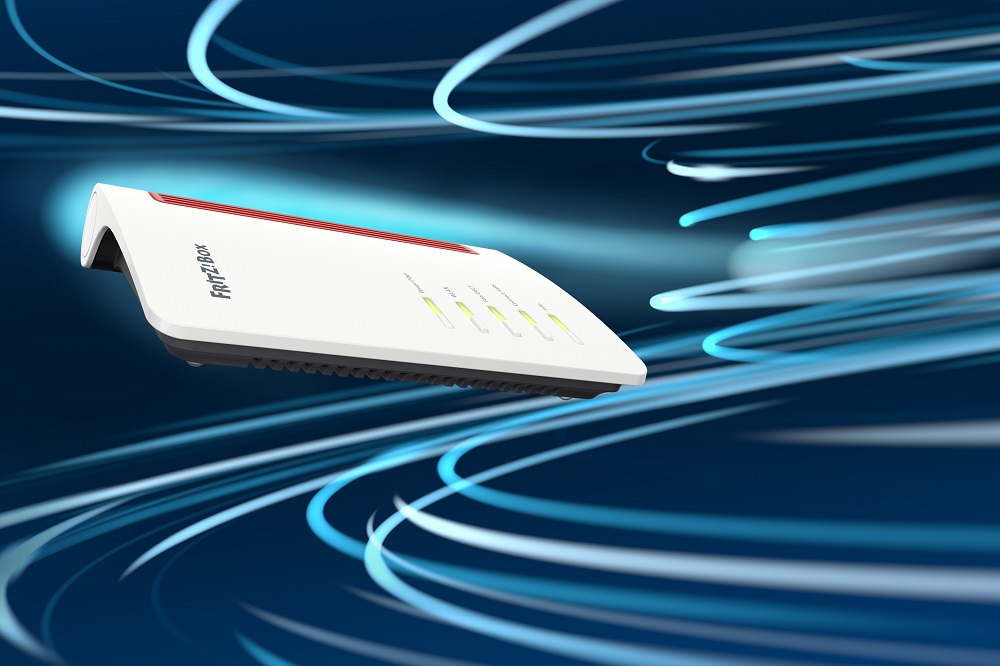
If you want to have a faster Wi-Fi, but you see that your connection is not quite up to the task and you don’t know where to start, don’t worry, we have prepared a new article in which we are going to give you three basic but effective keys , for improve performance of your Wi-Fi connection.
Before going to see those keys, I want to remind you that a Wi-Fi connection can slow down and have performance problems for reasons that, not always, depend on us. Thus, for example, if our Internet provider has a drop or problems with the service, we will notice that our Wi-Fi is slow, or our Internet connection may even stop working temporarily, but we will not be able to do anything to solve it.
It is also possible that the services we are trying to access are having problems and that is why we notice that our connection is slow. As in the previous case, it is not our problem, nor our Wi-Fi, so we can only wait for it to be resolved.
Get faster Wi-Fi by changing the default channels
The most current routers are capable of automatically and intelligently selecting the best channels in real time. This represents an important advantage that explains, by itself, why we must have a router that is up to our connection.
If your router is relatively old and does not have this function, something as simple as changing the channels that are used by default can make a big differenceas it will help improve not only performance, but can also have beneficial effects on range and signal.
you can change the channels through the interface of your router, which you will access by entering “http://192.168.0.1/” in the address bar of your browser. In some cases, even when the router chooses the best channels automatically, it is a good idea to take a look because the result is not always truly optimal, that is, it may not always choose the most appropriate channels.
To make it easier for you to choose the least saturated channels, you can use third party applicationslike “Wi-Fi Analyzer”, for example, which is completely free.
Use the best network available
It’s not the first time someone has told me that their Wi-Fi connection is slow and that they don’t understand why, and when I ask them something as simple as what network they’re using, they don’t know what to say. It is a simple subject, but at the same time very important.
If we have a router dual band working with Wi-Fi 4 and Wi-Fi 5we will have the possibility of connecting to the 2.4 GHz band, which operates with the first standard and is slower, or to the 5 GHz band, which uses the second standard and offers much higher performance.
To enjoy faster Wi-Fi you need to use the best available band, and in that case it would be 5 GHz (Wi-Fi 5). The difference in performance between one and the other is very large, so keep that in mind. On the other hand, it is important that you remember that if you use devices that are not compatible with Wi-Fi 5, you will not be able to connect to that network.
Prioritize traffic and disconnect devices
The performance of our Wi-Fi connection is very sensitive to two main keys: the number of connected devices and bandwidth consumption what these represent. This means that, if we have several devices connected at the same time, and these are consuming portions of the maximum bandwidth offered by our Internet connection, we will notice that its performance is not as good as it should be.
In these cases, getting faster Wi-Fi is very simple, just reduce the number of connected devices and bandwidth consumption. The performance improvement will be instantly noticeable, and the difference it can make is, in some cases, enormous. To give you an idea, when I suffered an intrusion on my Wi-Fi network, a simple laptop consuming bandwidth caused my latency in games to rise to unbearable levels (more than 400ms), and that the speed of downloads was reduced by more than half.
If we do not want, or cannot, disconnect devices or reduce or limit their connection, use the traffic prioritization technologies offered by many of the current routers can be of great help to us.




